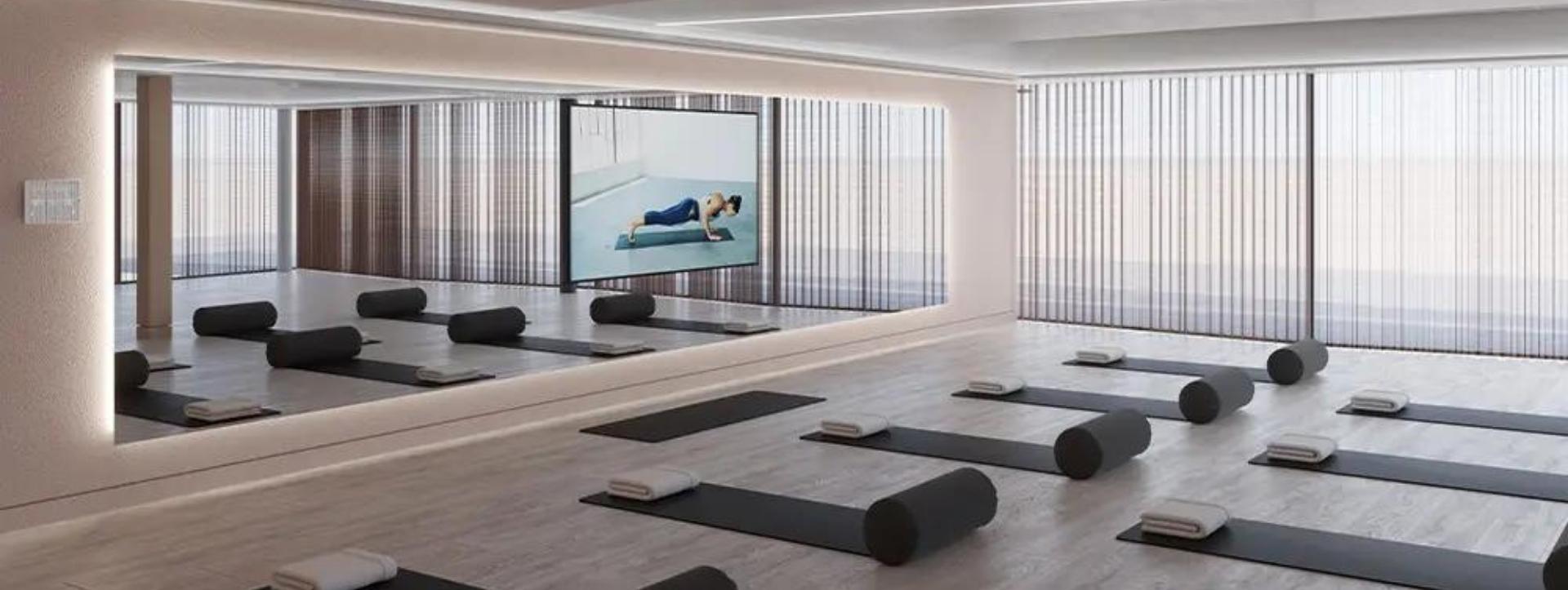
Thanks to the pandemic, the future of wellness is changing. People across the globe are realising that there’s more to being happy and healthy than pounding the treadmill or crushing high rep squats. Of course, that’s not to say that fitness goals have been ousted and the gym still has a crucial part to play in helping to maintain our physical health.
But the stress and isolation of multiple lockdowns, working from home becoming the new norm, and the fear of catching Covid still being a reality, many of us have realised that mental wellness is just as important as having nicely toned abs.
This new double pronged approach to wellness has been simmering below the surface for a few years now, however it has swung sharply into focus post-pandemic.
Take for example research from McKinsey which found that “consumers care deeply about wellness – and that their interest is growing.” McKinsey surveyed around 7,500 consumers across six different countries, with a huge 79% of respondents saying they believed that wellness was important. Furthermore, 42% considered it a top priority.
So what does this mean for businesses in the hospitality and wellness industries for whom offering guests and members a premium approach to wellness is critical?
The future of wellness and what it means for design
Wellness center interior design is changing in this (mostly) post-pandemic world and discerning clients are now seeking gym and spa facilities that go the extra mile. The companies that embrace innovation and react to this desire for a 360 degree approach to wellness will be the ones who will gain a competitive edge in this unpredictable climate.
This is especially important given that many people have adapted to new ways of taking care of themselves over the past few years – think at-home wellness such as YouTube fitness classes, Peloton, and wearables such as pedometers.
Take the research from GlobalData which found that “…of the UK consumers that have done home workouts since March 2020, 31.7% say they did not exercise regularly before…[and] 76% say they will continue to do so post pandemic.”
Post-pandemic wellness center interior design
With a more integrated and sophisticated consumer approach to physical and mental health coming to the fore, what does new wellness design look like?
Meditation rooms
Meditation rooms are increasingly sought after within the hospitality industry as both guests who are traveling for business and leisure seek a space in which they can recharge and refocus. A quiet space, as far away from other facilities is best, ideally with natural light and a scenic view.
If a view isn’t possible, lighting with a dimmer switch is the next best option as it allows users to set the light to their preferred level. Minimalist design is the way to go here and natural materials and decor work best to create the zen vibes that allow people to switch off completely.
Cryo chambers
Cryotherapy is purported to have a wide range of benefits, making it a commercially adroit addition to a leisure facility or spa. From pain relief and muscle healing to weight loss and helping to prevent dementia, cryo chambers and the role that cold water therapy has to play in wellbeing has made headlines recently thanks to Wim ‘the Iceman’ Hoff and his eponymous ‘Method.’
Cryo chambers do not take up much room, only really requiring the space for the chamber in which the client is seated. This makes them a good addition to a gym or spa that has a small to medium amount of unused space.
Flotation tanks
Although flotation tanks, or sensory deprivation tanks, have been around since the 1950’s, they still have a part to play in the future of wellness as people seek to escape from their everyday lives and its anxieties with an experience that provides minimal stimulation.
With the entire point of the flotation tank being that it removes stimulus, it would ideally be placed in a room that is calm and uncluttered, allowing for a seamless transition into, and out of, the tank.
Infrared saunas
Infrared saunas take the traditional steam sauna concept and create a more heightened experience for the user. Whilst steam saunas use hot air to create sweat on the surface of the skin, an infrared sauna uses lights to pump out a gentle heat that raises the body’s core temperature for a more intense sweat.
Infrared saunas can be placed both inside and outdoors, giving you more flexibility as a business owner when it comes to the exterior or interior design of your wellness center.
Salt steam rooms
Salt steam rooms, or salt caves, are designed for the practice of halotherapy: the act of inhaling air that is filled with tiny salt particles to improve one’s breathing. Touted as a way to naturally improve allergies and respiratory complaints such as congestion, bronchitis and asthma, halotherapy is also said to boost moods.
Although halotherapy dates back hundreds of years, it is now taking its place as a future wellness therapy that many people find beneficial.
Wellness design and your hotel or spa
With holistic therapies and a more rounded approach to physical and mental fitness being a key trend, many hotel and spa owners are taking this opportunity to explore how they can further accommodate their guests’ wellness needs.
Interior design for wellness centers continues to evolve both as a direct response to the pandemic and to our naturally shifting wants and expectations.
There is much to think about if you’re considering renovating your hotel’s spa facilities and at zynk Design we are confident we can help you explore the future of wellness at your business.
Take a look at our recent hotel and spa projects for some inspiration and be sure to sign up to our newsletter below for our regular wellness design updates.



